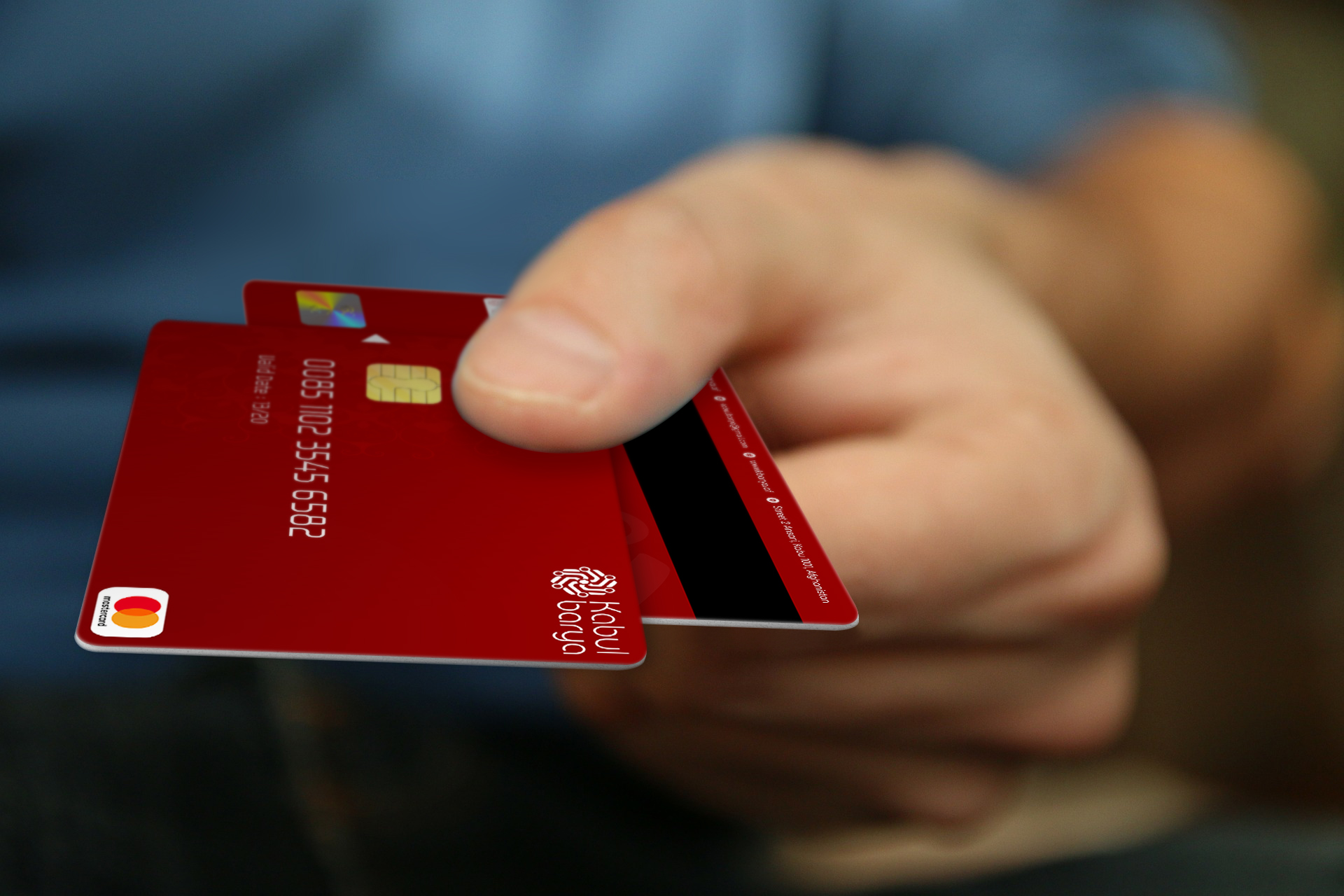In the rapidly evolving world of financial technology, payment cards—long considered a staple of modern commerce—are undergoing a significant transformation. As we move further into 2025, several innovations and updates are reshaping how consumers and businesses interact with card-based payments.
Here’s a look at the most notable trends and advancements:
1. Biometric Payment Cards Gaining Ground
One of the most exciting developments is the increased rollout of biometric payment cards. These cards come equipped with fingerprint sensors that authenticate the cardholder during a transaction, eliminating the need for PINs or signatures. This not only improves security but also speeds up the checkout process.
Major card issuers like Mastercard and Visa are expanding biometric pilots.
Biometric verification ensures that even if a card is stolen, it cannot be used without the owner’s fingerprint.
2. Contactless Limits Continue to Rise
Driven by user demand for faster, touch-free transactions, many countries and banks have raised the contactless transaction limit.
In markets like the UK, EU, and parts of Asia, limits have increased by up to 50% compared to 2023.
The growth of NFC-enabled point-of-sale systems is also fueling widespread adoption.
Consumers are now using contactless for purchases traditionally done with cash, accelerating the shift toward cashless economies.
3. Eco-Friendly Payment Cards
As sustainability becomes a priority, issuers are introducing eco-friendly cards made from recycled ocean plastics, biodegradable materials, or metal composites.
Banks are using these cards to enhance their environmental branding.
Some fintechs are offering digital-first or virtual-only cards to eliminate plastic altogether.
This trend reflects the broader corporate responsibility movement across the financial services industry.
4. Dynamic CVV and Tokenization Advancements
Static card details are increasingly seen as a security risk. To combat fraud:
Some cards now feature dynamic CVV codes that change periodically.
Tokenization—which replaces actual card details with unique tokens during transactions—is becoming standard in digital wallets and mobile banking apps.
These technologies dramatically reduce the risk of card-not-present (CNP) fraud, especially in online commerce.
5. Multi-Currency and Crypto-Enabled Cards
International travelers and crypto enthusiasts now have access to multi-currency cards and crypto debit cards.
These cards allow holders to switch between currencies or spend cryptocurrency in real-time with automatic conversion to fiat.
Integration with popular wallets like Apple Pay and Google Wallet is also improving ease of use.
Regulatory oversight is increasing in this space, ensuring better protection and compliance.
6. AI-Powered Spend Controls and Personalization
Modern payment cards are increasingly paired with smart mobile apps that offer:
AI-driven spend tracking and financial insights
Real-time alerts and controls (e.g., location-based usage, transaction limits)
Tailored cashback and reward programs based on spending habits
This represents a shift from cards being just a payment tool to becoming part of a personal finance ecosystem.
Final Thoughts
The future of payment cards is not just about form—it’s about function, intelligence, and security. As these innovations continue to evolve, consumers will benefit from greater convenience, personalization, and protection.
Whether it’s a biometric-secured card, a recyclable plastic alternative, or a crypto-integrated wallet, one thing is clear: payment cards are smarter, safer, and more sustainable than ever before.

Future of Payment Cards
May 26, 2025